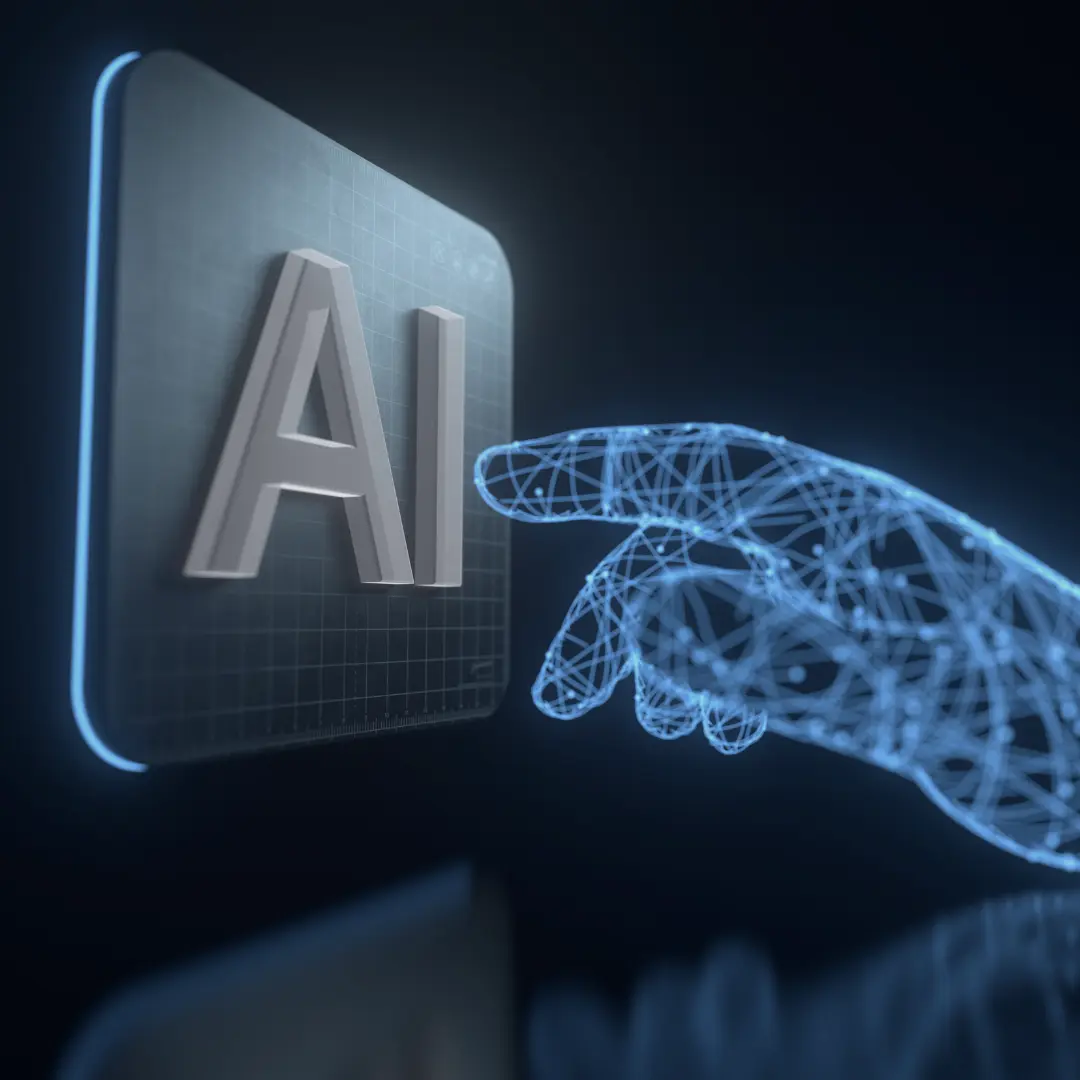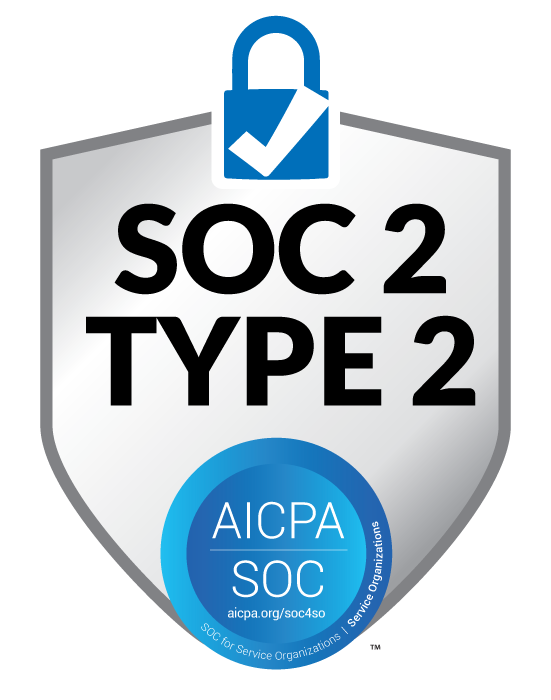Overview
As AI agents evolve from standalone tools to collaborative ecosystems, their ability to communicate effectively becomes critical. Imagine a team of digital assistants working together to plan a corporate event—one agent books the venue, another handles catering, and a third manages invitations. For this to work seamlessly, these agents need a standardized way to share context and coordinate actions. Enter ACP (Agent Communication Protocol) and A2A (Agent-to-Agent Protocol), two pivotal protocols shaping the future of agentic AI communication. In this post, we’ll break down what these protocols are, how they differ, and why they matter for building scalable, interoperable AI systems.
What Is ACP?
The Agent Communication Protocol (ACP), often mistakenly referred to as the “Agent Context Protocol” in some discussions, is an open standard pioneered by BeeAI and IBM to enable structured, low-latency communication between AI agents, particularly in local or edge environments. Think of ACP as a universal language for agents operating within the same runtime or network, ensuring they can discover each other, exchange messages, and coordinate tasks without relying on cloud infrastructure.
ACP focuses on context packaging and transfer, standardizing how agents share critical information like memory, intent, history, and goals. It uses a RESTful interface, aligning with standard HTTP conventions (GET, POST, etc.), which makes it lightweight and easy to integrate. Each agent advertises its capabilities through a local broadcast or discovery layer, embedding metadata in a standardized format. This allows agents to share structured context—such as a user’s session state or task history—in a secure, schema-aligned way.
Use Case: Imagine a healthcare system where one AI agent analyzes patient records and another schedules follow-up appointments. ACP ensures the first agent can pass the patient’s medical history (context) to the scheduling agent securely, ensuring compliance with privacy regulations like HIPAA.
Benefits:
- Low-latency coordination: Ideal for edge or local-first deployments.
- Modular design: Agents can interoperate without sharing internal logic.
- Privacy-focused: Supports air-gapped or secure environments.
What Is A2A?
The Agent-to-Agent (A2A) Protocol, introduced by Google with support from over 50 tech partners, is designed for cross-platform, task-oriented communication between AI agents. A2A is like the internet’s HTTP for AI agents—it enables agents, regardless of their underlying framework or vendor, to discover each other, delegate tasks, and exchange results over the web. Built on JSON-RPC over HTTP(S), A2A supports real-time updates via Server-Sent Events (SSE) and push notifications for long-running tasks.
A2A focuses on low-level message passing and coordination, not on standardizing the context itself. Each agent exposes an “Agent Card” (a JSON descriptor) detailing its identity, capabilities, and endpoints. This allows agents to dynamically discover and interact with others, sending tasks as JSON objects with unique IDs. A2A is modality-agnostic, supporting text, images, audio, and more, making it ideal for complex, multi-agent workflows.
Use Case: In a travel planning scenario, a primary agent might use A2A to delegate tasks to specialized agents—one for booking flights, another for hotels, and a third for local transport. The primary agent sends task requests via A2A, retrieves results, and coordinates the overall plan.
Benefits:
- Interoperability: Agents from different vendors can collaborate seamlessly.
- Scalability: Supports both quick queries and long-running workflows.
- Security: Built-in authentication aligns with OpenAPI standards.
Comparison Table: ACP vs A2A
| Aspect | ACP | A2A |
|---|---|---|
| Focus | Context packaging and transfer (memory, intent, history) | Message passing and task coordination |
| Scope | Local-first, edge, or runtime-local agent coordination | Cross-platform, web-based agent interoperability |
| Format | RESTful interface, HTTP-based, simple metadata exchange | JSON-RPC over HTTP(S), Agent Cards, SSE, push notifications |
| Transport Layer | Lightweight HTTP (GET, POST), async-first, sync supported | HTTP(S), JSON-RPC, SSE for streaming, push for long-running tasks |
| Use Case | Sharing user state or task history in secure, local environments | Delegating tasks or retrieving results across distributed agents |
| Strength | Low-latency, privacy-focused, modular for edge deployments | Vendor-neutral, scalable for enterprise workflows |
| Example | Passing patient data between medical AI agents in a hospital network | Coordinating travel bookings across multiple vendor-specific agents |
When to Use Which (Or Both)
Choosing between ACP and A2A depends on your system’s architecture and goals:
- Use ACP when you need local, low-latency coordination or operate in privacy-sensitive environments. For example, in an industrial IoT setup, ACP enables agents controlling machinery to share real-time sensor data and operational history without cloud dependency. Its simplicity and REST-based design make it ideal for modular systems where agents need to exchange structured context quickly.
- Use A2A when you’re building distributed, multi-vendor agent ecosystems. A2A shines in scenarios requiring agents to collaborate across platforms, such as enterprise automation involving Salesforce, SAP, or custom APIs. Its Agent Card system and support for long-running tasks make it perfect for complex workflows.
- Use both when building a hybrid system that requires both local context sharing and global coordination. For instance, in a supply chain management system, ACP could handle local warehouse agent communication (e.g., inventory status), while A2A coordinates with external logistics agents to schedule deliveries.
How Lowtouch.ai Sees It: Interoperability in the Real World
At Lowtouch.ai, we envision a future where AI agents work as seamlessly as a well-orchestrated team. ACP and A2A are complementary pillars in this vision:
- ACP standardizes “what” agents share: It ensures context—like user intent, session history, or task goals—is packaged in a consistent, auditable format. This is crucial for enterprise-grade systems where compliance and traceability are non-negotiable.
- A2A defines “how” agents communicate: It provides the channels—HTTP, SSE, or push notifications—for agents to delegate tasks, share results, and negotiate workflows across ecosystems.
Consider a real-world example in Lowtouch.ai’s ecosystem: a customer support workflow. An initial agent (Agent A) handles a user query, capturing context like the user’s issue and preferences using ACP. It then uses A2A to delegate follow-up tasks to specialized agents—say, one for technical support and another for billing. The technical agent retrieves real-time diagnostic data via MCP (a complementary protocol for tool access) and shares results back through A2A. Meanwhile, ACP ensures the user’s context (e.g., previous interactions) is consistently passed between agents, maintaining a cohesive experience.
This interplay creates a modular, auditable, and interoperable stack, allowing enterprises to scale AI agents without being locked into a single vendor. Lowtouch.ai leverages these protocols to build systems that are open, standardized, and compliant, ensuring flexibility for future integrations.
Common Questions About Agentic AI Protocols
- LangGraph vs CrewAI: LangGraph (from LangChain) focuses on stateful, graph-based workflows for agent coordination, while CrewAI emphasizes role-based agent teams. Both can integrate with A2A for cross-agent communication or ACP for context sharing, depending on the architecture.
- LangChain Agent Protocol vs Open Agents: LangChain’s agent protocols are framework-specific, focusing on internal orchestration, whereas open protocols like A2A and ACP are vendor-neutral, designed for broader interoperability across platforms.
- Agent Memory vs Context Window Management: Agent memory (handled by ACP) involves persistent storage of intent, history, and goals across sessions. Context window management (often via MCP) deals with real-time tool and data access within a single session. A2A facilitates communication between agents managing either.
Conclusion: The Future of Agentic AI Communication
ACP and A2A are not competitors but complementary protocols that address distinct layers of agentic AI communication. ACP ensures agents share a common language for context, making it ideal for local, secure, and modular systems. A2A provides the infrastructure for agents to collaborate across platforms, enabling scalable, vendor-neutral workflows. Together, they form the backbone of a new era of interoperable AI systems, where agents work as cohesive teams to tackle complex enterprise challenges.
For enterprises, adopting these protocols means building auditable, modular, and compliant AI stacks that can evolve with the industry. At Lowtouch.ai, we’re excited to champion this vision, leveraging ACP and A2A to power the next generation of enterprise automation. Want to dive deeper into agent orchestration or explore how these protocols can transform your workflows? Follow the evolution of agentic AI standards and join the conversation on platforms like LinkedIn or explore Lowtouch.ai’s solutions for modular AI systems.
About the Author

Rakhi Ramesan
Rakhi R is a seasoned Business Development Manager at lowtouch.ai, bringing over 5 years of experience in driving growth and fostering strategic partnerships. With a deep understanding of the AI landscape, she is dedicated to empowering enterprises by connecting them with innovative, private, no-code AI solutions that streamline operations and enhance efficiency.




